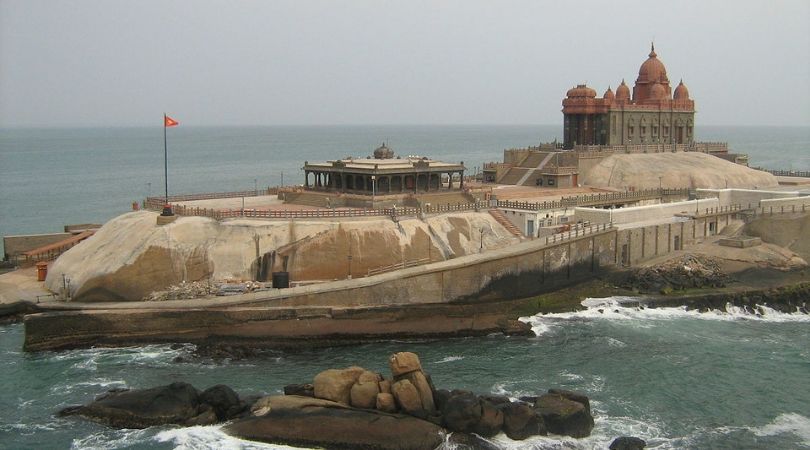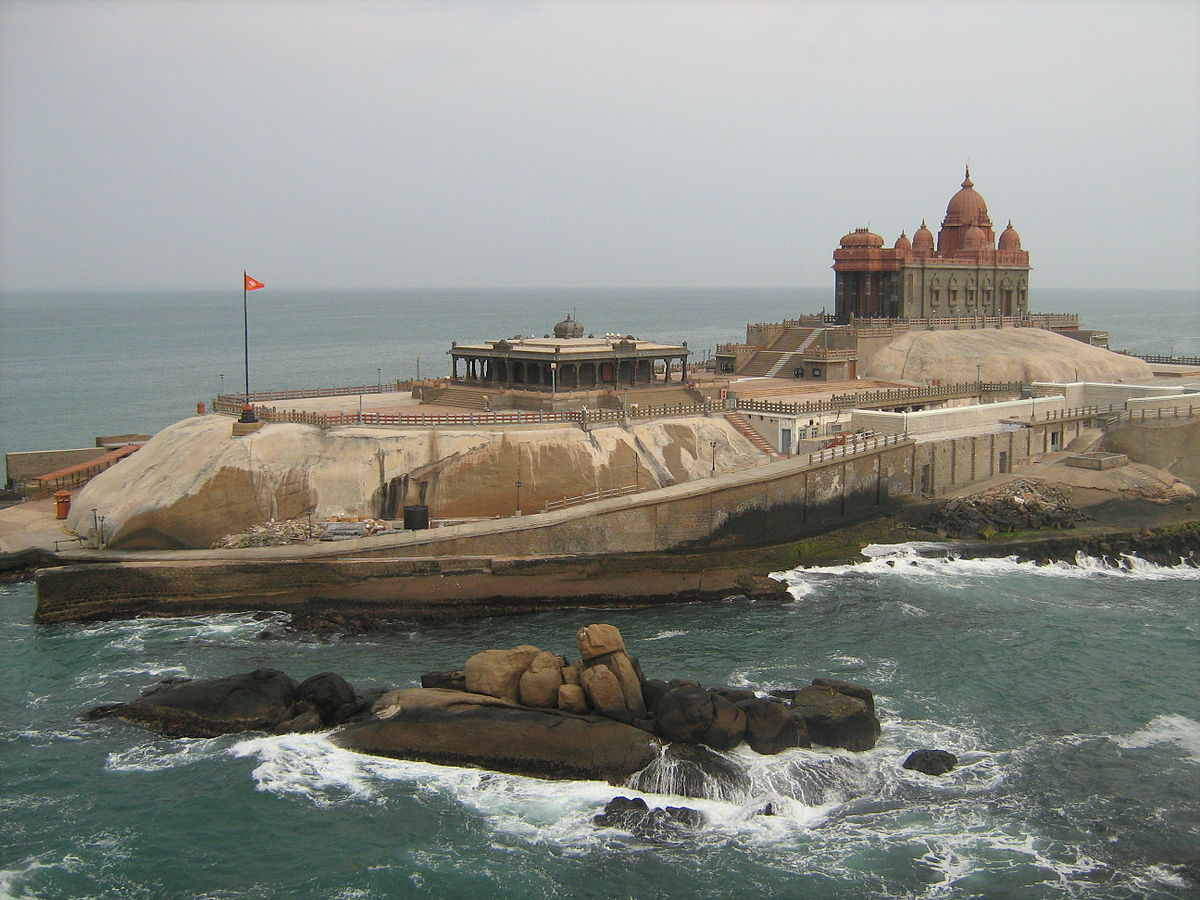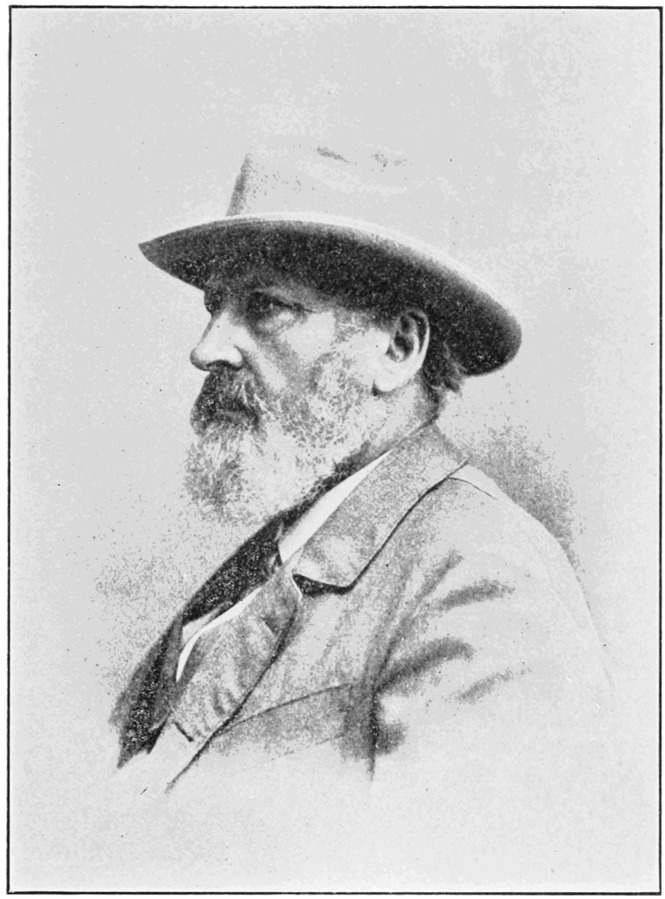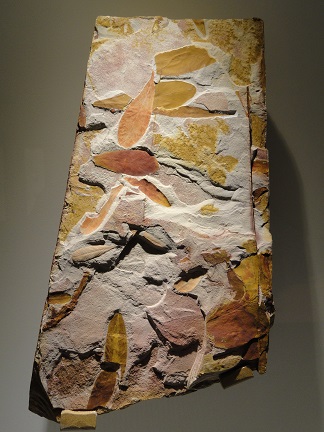Vivekananda’s Rock: The Ancient ‘Breaking Point’ Which Linked India to Antarctica
On the anniversary of the inauguration of the Vivekananda Memorial, find out how the Charnockite rocks could prove that dinosaurs in India had a lot in common with the ones in Madagascar! #History #LostTales

At the southernmost tip of the Indian peninsula where the Arabian Sea, the Indian Ocean and the Bay of Bengal meet lies the Vivekananda Memorial. Located offshore east of Vavathurai mainland, Kanyakumari, the memorial built on a rock island in 1970, is a popular destination where tourists flock to see where Swami Vivekananda attained enlightenment. This place is also famous for its beautiful design, which is a culmination of different styles of temple architecture that existed across the country.
Load up on super cost-effective, thoughtfully crafted products on the store, all for under ₹399! Click here to find out more.

The Vivekananda Memorial was inaugurated on 2 September 1970, by the then President VV Giri.
But, little do we know about the geological significance of the Charnockite rock island on which the memorial is built! Aeons ago, when dinosaurs roamed the landscape, India, South America, Australia, Madagascar and Antarctica were one supercontinent called the ’Gondwanaland’.
From about 600 million years ago, this Gondwanaland started fragmenting into different landmasses and gradually, over millennia, the supercontinent split up. Around 160 millions years ago, India, Sri Lanka, Madagascar, Australia and East Antarctica broke away from the rock island under the memorial.
Between 180 to 118 million years ago, when India separated from Antarctica, it left behind this islet, a desolate witness to the merging and breaking of Gondwana landmasses. Geologists call the Vivekananda Memorial ‘the Gondwana Junction’ because it marks a place where India, Madagascar, Sri Lanka, East Antarctica and Australia were once joined together, writes Pranay Lal, in his book–Indica: A Deep Natural History of the Indian Subcontinent.
It was Austrian geologist Eduard Suess who first pointed out the possibility of a unified landmass in 1885. The geologist was studying the ‘Glossopteris’ fossils found widely in the Gondwana coal fields in Jharkhand. Estimates say that at least 98 per cent of India’s coal reserves are from the Gondwana period.

Interestingly, he found that this plant fossil was not only available in India, but also in South Africa, Australia, South America, Madagascar and Antarctica. In this way, the geologist studied the flora and fauna fossils in these regions and mulled over the possibility that these lands might have been joined at one point of time. And since the Gondwana region in central India was one of the oldest in the world, he decided to name the supercontinent as ‘Gondwanaland’.
Slowly over the years, India’s landmass started moving north towards Eurasia at the speed of 18 to 20 cm in a year, much faster in contrast to Australia or Africa. When India collided with Eurasia about 50 million years ago, it led to the birth of the mighty Himalayas and the Tibetan Plateau.

The idea of Gondwanaland was further expounded by South African geologist Alexander Du Toit in 1937. In his book, ‘Our Wandering Continents’, he spoke in detail of the paleontological and geological evidence found in these continents that were not found in the Northern hemisphere. He too widely cited the occurrence of ‘Glossopterris’ in South Africa, India, South America, Australia and Antarctica.
The Vivekananda Memorial comprises of two parts, one is the Vivekananda Mandapam, and the other is the Shripada Mandapam. The Vivekananda Mandapam comprises of the meditation hall with a few rooms, and the assembly hall with several rooms.
Fun Fact: Charnockite rocks are a group of metamorphic rocks and in 1893, T H Holland coined the term after Job Charnock, traditionally regarded as the founder of Calcutta (now Kolkata), whose tombstone in St. John Church in Kolkata was made from this rock.
(Edited by Saiqua Sultan)
Like this story? Or have something to share?
Write to us: [email protected]
Connect with us on Facebook and Twitter.
If you found our stories insightful, informative, or even just enjoyable, we invite you to consider making a voluntary payment to support the work we do at The Better India. Your contribution helps us continue producing quality content that educates, inspires, and drives positive change.
Choose one of the payment options below for your contribution-
By paying for the stories you value, you directly contribute to sustaining our efforts focused on making a difference in the world. Together, let’s ensure that impactful stories continue to be told and shared, enriching lives and communities alike.
Thank you for your support. Here are some frequently asked questions you might find helpful to know why you are contributing?


This story made me
-
97
-
121
-
89
-
167











